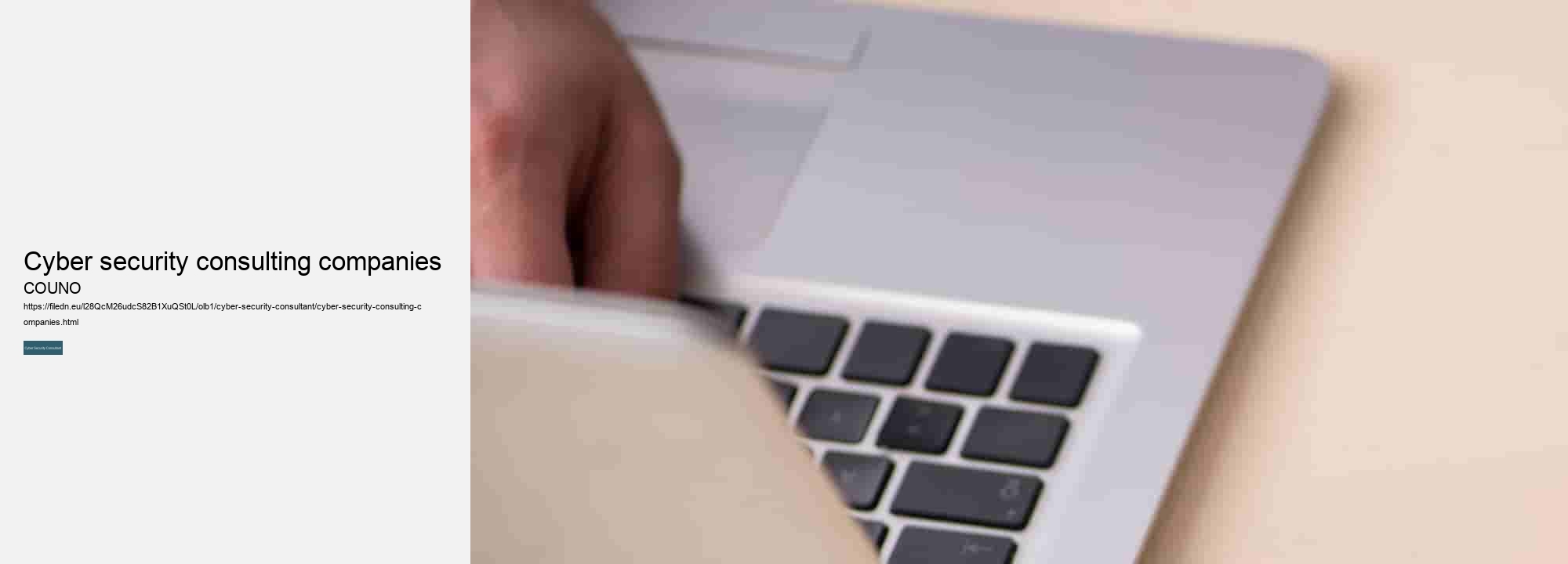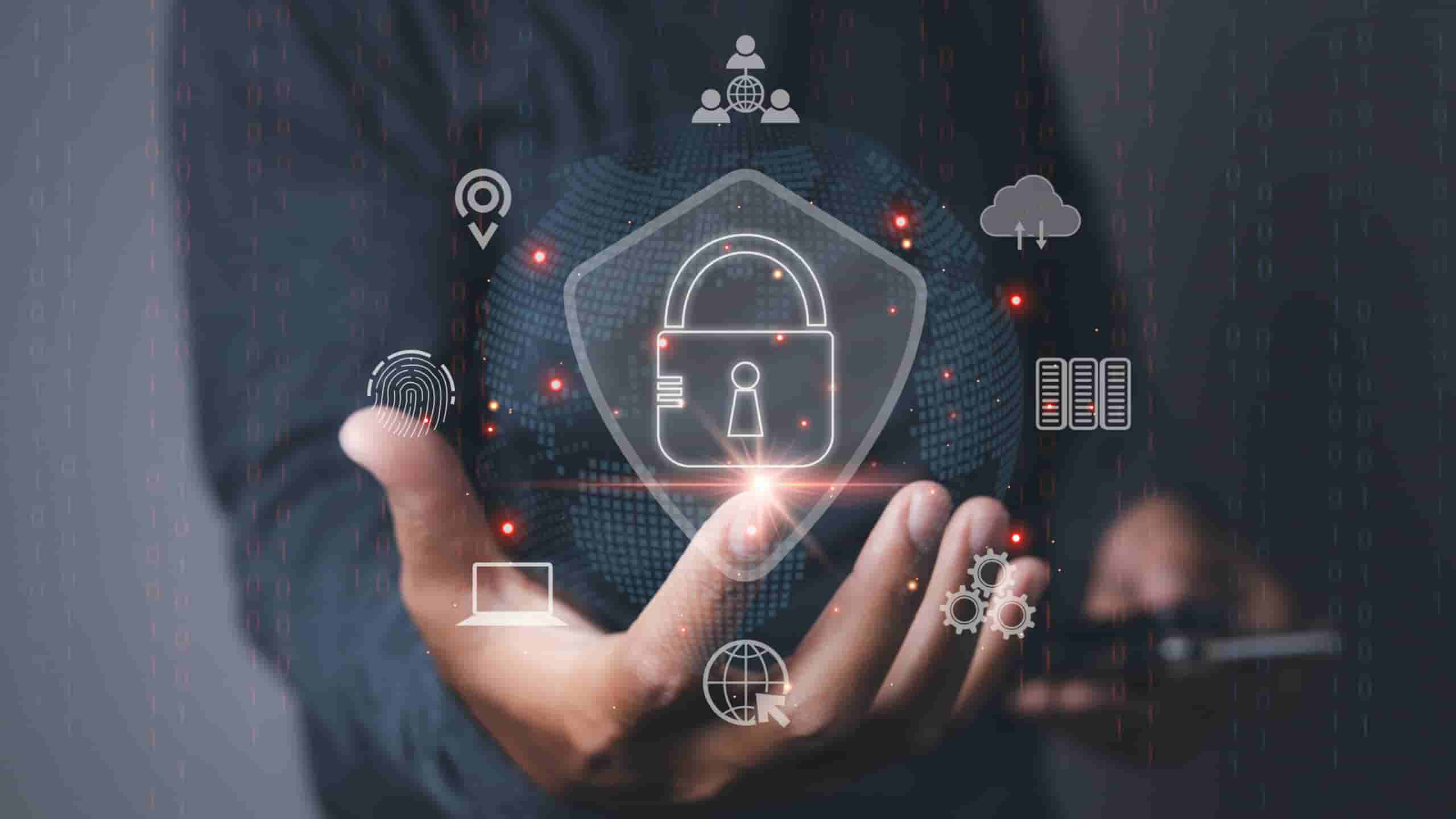

The evolution of cyber attacks has been driven by advancements in technology, changes in how we use the internet, and the increasing value of data in today's digital world. Phishing attacks were among the first types of cyber attacks to emerge, with hackers using email or fake websites to trick users into revealing sensitive information such as passwords or credit card numbers. These attacks were relatively easy to spot and avoid, but they still managed to cause significant damage due to their sheer volume. As security measures improved and users became more aware of phishing tactics, hackers began turning to more advanced techniques such as malware and ransomware. Malware is malicious software that can infect a computer system and steal data or disrupt operations. Ransomware takes this a step further by encrypting files on a victim's system and demanding payment for their release.
These attacks are often highly organized and targeted, with hackers gaining access to networks through vulnerabilities in outdated software or social engineering tactics. The evolution of cyber attacks has forced organizations to invest heavily in cybersecurity measures to protect themselves against potential threats. This includes implementing firewalls, antivirus software, encryption technologies, and employee training programs to educate staff about best practices for online security. Despite these efforts, cyber attacks continue to pose a significant risk for businesses and individuals alike. Hackers are constantly developing new ways to exploit vulnerabilities in systems and networks, making it essential for organizations to stay vigilant and proactive in their defense strategies.
As technology continues to advance, so too must our defenses against these malicious actors who seek to exploit weaknesses in our digital infrastructure. By staying informed and investing in robust security measures, we can better protect ourselves against the growing threat of cybercrime. Protecting Personal Information Online: Best Practices for IndividualsIn today's digital age, protecting personal information online has become more important than ever. With the increasing number of cyber attacks and data breaches, it is crucial for individuals to take proactive steps to safeguard their sensitive information. One of the best practices for protecting personal information online is to use strong, unique passwords for each account.
It is also recommended to change passwords regularly and never share them with anyone else. Another important practice is to be cautious about what information you share online. Avoid posting sensitive details such as your address, phone number, or Social Security number on social media or other public platforms. Be wary of phishing scams that attempt to trick you into revealing personal information through fake emails or websites. It is also essential to keep your devices and software up-to-date with the latest security patches.
This helps protect against vulnerabilities that hackers can exploit to gain access to your personal information. Additionally, consider using encryption tools such as virtual private networks (VPNs) when accessing public Wi-Fi networks to prevent unauthorized access to your data. Finally, be mindful of who you trust with your personal information. Only provide sensitive details to reputable websites and organizations that have secure privacy policies in place. If you are unsure about a website's credibility, do some research before sharing any information. By following these best practices for protecting personal information online, individuals can reduce their risk of falling victim to identity theft or fraud.
Cyber Security Regulations and Compliance Measures for BusinessesCyber security regulations and compliance measures for businesses are crucial in today's digital world. With the increasing number of cyber threats and attacks, it is essential for companies to prioritize the protection of their sensitive data and information. Regulations such as the General Data Protection Regulation (GDPR) and the California Consumer Privacy Act (CCPA) require businesses to implement appropriate security measures to safeguard customer data. These regulations outline specific requirements that companies must adhere to in order to protect personal information from unauthorized access or disclosure. In addition to regulatory requirements, businesses also need to consider industry-specific standards and best practices when it comes to cyber security.
This includes implementing strong password policies, regularly updating software and systems, encrypting sensitive data, and training employees on how to recognize and respond to potential security threats. Compliance with cyber security regulations not only helps protect a company's reputation and financial assets, but it also demonstrates a commitment to safeguarding customer trust. Failure to comply with these regulations can result in hefty fines, legal consequences, and damage to a company's brand image. To effectively manage cyber security risks, businesses should establish a comprehensive cyber security program that includes regular risk assessments, incident response plans, employee training programs, and ongoing monitoring of systems and networks.
Overall, cyber security regulations and compliance measures are critical components of any business strategy in today's digital age. By prioritizing cyber security best practices and staying up-to-date on regulatory requirements, companies can mitigate risks, protect sensitive data, and build trust with customers. Ultimately, investing in cyber security is an investment in the long-term success and sustainability of a business in an increasingly connected world.
In today's digital world, cyber security plays a crucial role in ensuring the safety and protection of our sensitive information. With the rapid advancement of technology, we are more connected than ever before, making us vulnerable to cyber attacks and threats. Cyber security is important because it helps to safeguard our personal data, financial information, and confidential documents from hackers and cyber criminals.

Without proper security measures in place, our identities can be stolen, our bank accounts can be compromised, and our privacy can be invaded. Moreover, businesses rely heavily on technology to operate efficiently and effectively. A breach in their cyber security can result in significant financial losses, damage to their reputation, and even legal consequences. Therefore, investing in robust cyber security measures is essential for protecting the integrity of businesses and maintaining trust with customers. Furthermore, as we continue to embrace digital transformation in various aspects of our lives such as online shopping, social media interactions, and remote work arrangements, the need for strong cyber security practices becomes increasingly important.
In conclusion, cyber security is not just a technical issue but a fundamental aspect of living in a digital age. By prioritizing cybersecurity awareness and implementing best practices both at an individual level and within organizations, we can mitigate risks and ensure a safer online environment for everyone. It is crucial that we remain vigilant and proactive in safeguarding our digital assets to prevent potential harm from malicious actors on the internet. What is the role of encryption in maintaining cyber security?
With the increasing prevalence of cyber attacks and data breaches, it is more crucial than ever to protect sensitive information from unauthorized access. One of the key tools in maintaining cyber security is encryption. Encryption is a method of encoding data so that only authorized parties can access it. By converting plain text into unintelligible code, encryption ensures that even if a hacker intercepts the data, they will not be able to make sense of it without the decryption key.
This makes it extremely difficult for malicious actors to steal or tamper with sensitive information. The role of encryption in maintaining cyber security cannot be understated. It is used to secure communication channels, such as emails and instant messages, ensuring that confidential information remains private. Encryption also plays a crucial role in protecting stored data, whether it be on personal devices or on servers in the cloud. By encrypting files and databases, organizations can safeguard their valuable assets from being compromised. Moreover, encryption helps to authenticate users and verify their identities before granting access to systems and services.
Additionally, encryption can provide non-repudiation by creating digital signatures that verify the origin and integrity of electronic transactions. Overall, encryption serves as a powerful tool in safeguarding against cyber threats and upholding the principles of confidentiality, integrity, and availability. It forms an essential part of any comprehensive cyber security strategy and should be implemented across all levels of an organization's infrastructure. By employing strong encryption algorithms and best practices, businesses can enhance their defenses against potential attacks and protect themselves from costly breaches. In conclusion, encryption plays a critical role in maintaining cyber security by securing communications, protecting data at rest, authenticating users, and ensuring the integrity of electronic transactions.
It is imperative for organizations to prioritize encryption as part of their overall security posture in order to mitigate risks and preserve trust with customers and stakeholders alike. What is a cyber attack and how can organizations protect against them? A cyber attack refers to a malicious attempt by individuals or organizations to disrupt, damage, or gain unauthorized access to computer systems, networks, or digital devices. These attacks can take many forms, including malware infections, phishing scams, denial of service attacks, and ransomware. In today's digital age, cyber attacks have become increasingly common and sophisticated, posing a significant threat to businesses and organizations of all sizes.

The consequences of a successful cyber attack can be severe, resulting in financial losses, reputational damage, legal implications, and potential disruption of business operations. To protect against cyber attacks, organizations must implement robust cybersecurity measures and best practices. One key aspect of cybersecurity is ensuring that all software and systems are regularly updated with the latest security patches to prevent vulnerabilities that hackers could exploit. Additionally, organizations should invest in reliable antivirus software and firewalls to detect and block malicious activities. Educating employees about cybersecurity risks and promoting good online hygiene practices is also crucial in preventing cyber attacks. This includes training staff on how to recognize phishing emails or suspicious websites and encouraging them to use strong passwords and multi-factor authentication techniques.
Regularly backing up critical data in secure offsite locations can also mitigate the impact of ransomware attacks by allowing organizations to restore their systems quickly without paying the ransom. Collaborating with cybersecurity experts or hiring dedicated professionals to conduct regular security assessments and penetration testing can help identify potential weaknesses in an organization's defenses before they are exploited by malicious actors. Ultimately, protecting against cyber attacks requires a proactive approach that involves continuous monitoring of network traffic for unusual activities or anomalies. By staying vigilant and adopting a comprehensive cybersecurity strategy tailored to their specific needs and risk profile, organizations can significantly reduce the likelihood of falling victim to cyber threats. What is the difference between ransomware, malware, and phishing attacks?
While they may seem similar at first glance, there are key differences between these three types of attacks. Ransomware is a type of malicious software that encrypts the victim's files or locks them out of their system until a ransom is paid. This form of attack is often financially motivated, as cybercriminals seek to extort money from their victims in exchange for restoring access to their data. Ransomware attacks can be devastating for businesses, causing downtime, financial losses, and damage to reputation. Malware, on the other hand, is a broad term that encompasses any type of malicious software designed to infiltrate a computer system without the user's consent.
Unlike ransomware, which typically demands payment from the victim, malware may be used for a variety of purposes such as stealing sensitive information, disrupting operations, or gaining unauthorized access to systems. Phishing attacks involve tricking individuals into divulging sensitive information such as passwords or credit card numbers by posing as a legitimate entity in electronic communication. Phishing emails often contain links to fake websites designed to capture personal data when users enter it. These attacks rely on social engineering tactics to manipulate victims into providing confidential information willingly. While all three types of attacks pose serious risks to cybersecurity, they each have distinct characteristics and methods of operation.
Ransomware focuses on extorting money through encryption or data loss; malware seeks to infiltrate systems for various nefarious purposes; and phishing aims to deceive individuals into revealing sensitive information through fraudulent means. To protect against these threats effectively, individuals and organizations must implement robust cybersecurity measures such as regularly updating software patches, using strong passwords and multi-factor authentication techniques when possible. Additionally training employees on how to recognize phishing attempts and other suspicious activities can help prevent successful cyberattacks before they occur. In conclusion, while ransomware malware and phishing attacks share common goals of compromising security integrity they differ in terms of execution methods targets impacts on victims.
What is two-factor authentication and how does it enhance cyber security? Two-factor authentication is a security process that requires two forms of identification in order to grant access to an account or system. This typically involves something you know (such as a password) and something you have (such as a mobile device or security token).
One of the key ways in which two-factor authentication enhances cyber security is by reducing the risk of unauthorized access due to stolen or weak passwords. Passwords are often the weakest link in any security system, as they can be easily guessed, cracked, or stolen through phishing attacks. However, when paired with another form of authentication such as a one-time code sent to a mobile device, even if a hacker manages to obtain someone's password, they would still need the second factor to gain access.

Industries such as finance, healthcare, retail, and government benefit greatly due to the high sensitivity of the data they handle.
A Cyber Security Consultant should have a strong background in IT, certifications like CISSP or CISM, and experience in security risk assessment and mitigation.
They use a combination of manual assessments and automated tools to scan systems, review configurations, and perform penetration testing.